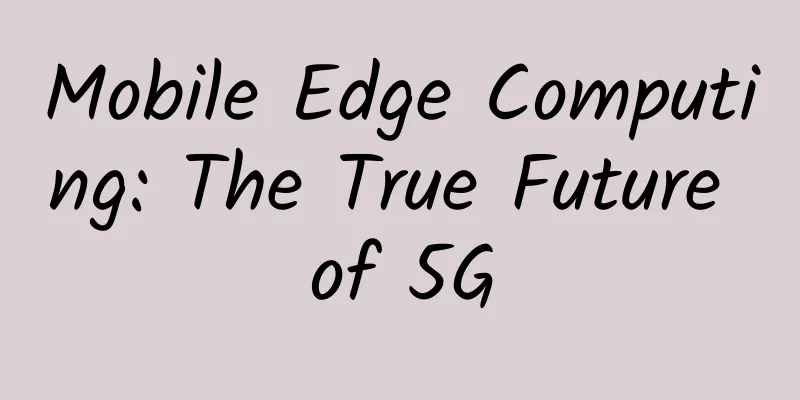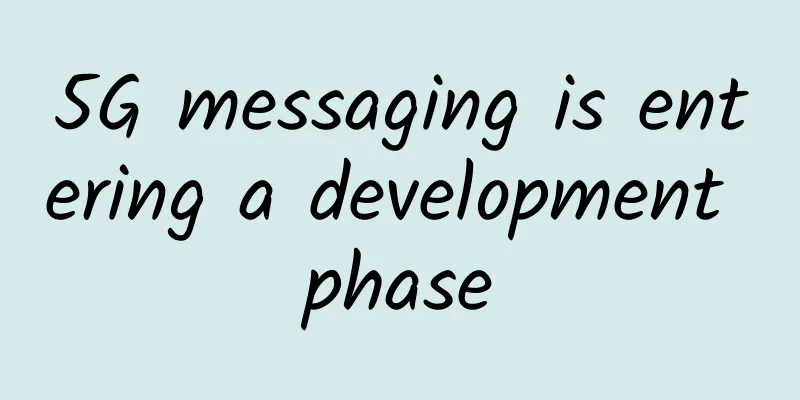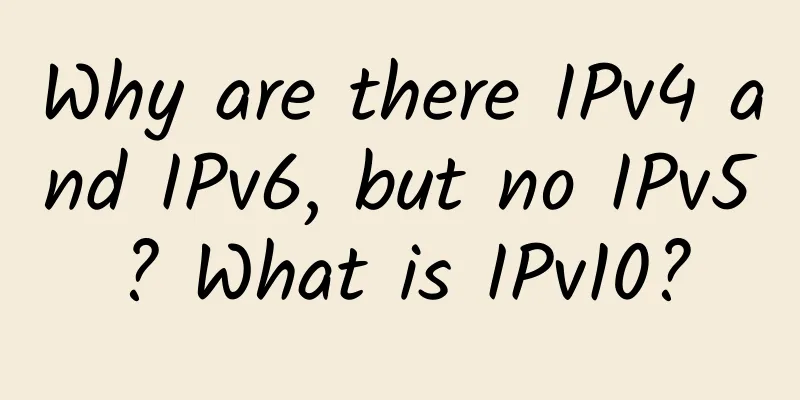Mobile Edge Computing: The True Future of 5G

|
The promise of 5G has yet to be fulfilled, but it’s too early to declare it a failure. Raul K. Martynek, CEO of DataBank, discusses that real 5G is being realized through mobile edge computing, with the data center at the core. All major mobile operators are touting their ability to provide 5G access to wireless networks across the United States. At the same time, consumers and businesses are eagerly awaiting the next killer applications that will enable digital processes to achieve a quantum leap in performance and efficiency. However, true 5G speed and capabilities also depend on mobile edge computing. Mobile edge computing is all about wireless operators, enabling applications to respond faster on their networks, and data centers are at the heart of enabling the integration of application and network interfaces. Consider multiplayer gaming. If carriers can’t keep packets local (that is, at the metro level), it’s impossible to deliver equal performance to all users. If one person uses a Verizon device and another uses an AT&T device, the two packet streams may peer hundreds of miles away, causing jitter and latency that frustrate gamers in all regions. Similarly, if the gaming software stack is located in a core data center market 1,500 miles away, performance will not be comparable to the console experience at home. The network, as well as the compute and storage for the application, needs to be local. That location will occur within edge data centers, leveraging the 5G capabilities of mobile edge computing. Game developers need 5G wireless networks to hold packets between multiple phones on different networks in the same metropolitan area so that the network and applications work together and understand each other. Then, because the network and application stacks are developed by different parties, the exchange needs to take place in multi-tenant edge data centers that allow interconnection, security, carrier neutrality, and scalability. Only then can video games provide users with an equal and enjoyable experience and take advantage of wireless networks for ubiquitous coverage. Here’s how infrastructure improvements must play out. Four key components of 5GRealistically, it will be several years before 5G delivers on the promise of this experience. While operators are making progress, they still have a lot of work to do to deploy true “standalone” 5G networks. Getting there will require network evolution of four key components: 1. Integrate the full-frequency, three-spectrum band “layer cake” from the tower, small cell or rooftop RF distribution all the way to the device. This weaves together the low, mid and high band frequencies that will deliver 5G’s ultra-wide broadband (UWB) and ultra-low latency (ULL); operators have already completed 25% of this part of the work. 2. Re-architect the network core from 4G to 5G virtualization. This will transform the core from a centralized design to an architecture where a relatively small number of control points are broken down into dozens of user plane locations and applications can access the network at a more local level. 3. Virtualized radio access networks (cRAN or vRAN) enable base stations within a region to pool resources to handle peak user activity and improve handoffs between cells. This eliminates the need to size each macro site for peak activity, as was the case with 4G. 4. Leverage open network components, where key network functions are “virtualized” as software running on commodity hardware and allowing applications to plug directly into the network. This approach enables mobile users to access edge computing at cRAN base station locations at closer locations and perform like the Internet in terms of aggregation points. Once operators have all four components in place and have migrated customers from 4G frequencies to the 5G layer-cake bands, the real promise of 5G can be delivered through a wireless network that can support millions of IP addresses per cell (massive machine-to-machine communications) while delivering 1 Gigabit speeds to users (ultra-wide broadband), with latency below 10 milliseconds (ultra-low latency communications), and very low jitter. Using this new wireless network topology, true multi-access edge computing (MEC) can be achieved, where the network and application stacks can come together and interact programmatically. This is what mobile edge computing is all about, enabling the ultimate user experience in gaming, e-retail, financial transactions, or any mobile interaction you can imagine. Data centers play a key role in mobile edge computingTrue 5G costs a lotOpen a new window—$100 billion in capital expenditures.Even if operators make the investments required for 5G, they will still need an ecosystem of software developers, SaaS companies, and hardware manufacturers to create the next generation of applications and devices that can effectively take advantage of the enhanced capabilities of 5G networks. The ecosystem will need physical locations where they interact, similar to how applications and networks come together today. These locations are and will be multi-tenant edge data centers located in dozens of metropolitan areas. These edge data centers and portals will need to be connected to 5G networks to create a mobile edge computing infrastructure for developing, deploying, and scaling low-latency applications. 5G and mobile edge computing are by definition separate, but at the end of the day, applications and their data end up in the data center. To bring wireless computing to end users, cloud providers need to leverage data centers in all major U.S. metropolitan areas that can provide the required power density, cooling, security, and interconnectivity. Don’t be afraid: 5G is comingGoing back to the advent of the commercial internet, every technology cycle has had the same pattern. Think about when carriers initially rolled out 4G. Skeptics wondered if any new applications would use all the new capacity; recall how happy everyone was to have a tactile keyboard Blackberry. Soon after, smartphones started to appear, and before you knew it, an app ecosystem had developed, creating thousands of use cases that people were consuming. A similar generation of apps enabled by 5G will allow carriers to recoup their investments, and in a decade, the impact of 5G will be no different than the impact 4G had on the social and business world today. While everyone waits for the next killer app or set of killer apps that can take advantage of all the extra bandwidth and ultra-low latency promised by 5G, today’s internet is working pretty well. Now think about AI models for real-time language translation, virtual reality applications for training and navigation, and self-driving cars and drones, and you can start to imagine what 5G will bring in the future. Don’t worry, 5G is coming. There is no doubt that it will have an impact. Unlike 4G and 3G, they designed 5G with considerations about how the network, data, and applications all need to connect. That’s what makes 5G different and more powerful than previous wireless architectures. 5G, and more importantly, applications that take advantage of 5G will become popular as network bandwidth and latency speeds increase and networks are built and connected at the application layer. These connections will be enabled in multi-tenant edge data centers in a large number of metro markets. Today’s data centers will continue to expand, and the convergence of cloud and network will unleash a new generation of applications and use cases. |
<<: How is Gigabit LTE different from 5G?
>>: Top 10 Cyber Threats to Private 5G/LTE Networks
Recommend
AI brings innovative value, Huawei says it is time for AI to enter data center infrastructure
On November 15, 2018, the 4th Data Center Infrast...
What is an API Gateway?
Hello everyone, I am ApeJava. What is an API Gate...
Top 10 predictions for the IoT industry in 2018
The IoT industry had a brilliant year in 2017. So...
The 5G test in 2019: How to invest if you don’t want to be left behind? You are in a dilemma!
[[251967]] Recently, the Ministry of Industry and...
What is the difference between China Telecom’s quantum encryption, quantum speed reading, and quantum energy bar?
[[377345]] Some time ago, China Telecom launched ...
The speed can reach 10,000 times that of 5G, and the official interpretation of 6G is here
In the era of mobile Internet, whoever has more a...
CloudCone March Event: Los Angeles SSD VPS starting at $1.65 per month
CloudCone's Hashtag 2022 VPS Sale this month ...
It’s time to promote 5G applications
At present, 5G integrated applications are in a c...
Huawei's new generation of 400GE data center switches enable new infrastructure and stimulate new momentum
[[334907]] Hu Kewen, President of Huawei's Da...
Edge computing is the driving force for enterprise IT transformation in the next decade
According to forecasts, the number of 5G subscrib...
A brief analysis of the integration solution of Hyperscan in nDPI
Labs Guide Hyperscan is a high-performance regula...
RAKsmart: VPS/cloud server from $19.9/year ($0.99/first month), 1Gbps unlimited traffic server from $89/month, multiple data centers available in the United States/Hong Kong, etc.
RAKsmart continued to launch a number of activiti...
Managing the Digital Experience with Riverbed SteelCentral
It’s the age of digital business. Two-thirds of c...
Alibaba Cloud invests 200 billion yuan in data centers to take the lead in new infrastructure
Alibaba Cloud announced yesterday that it will in...









